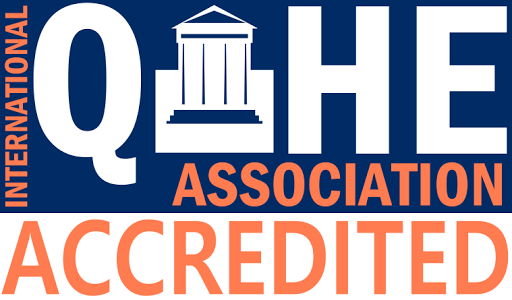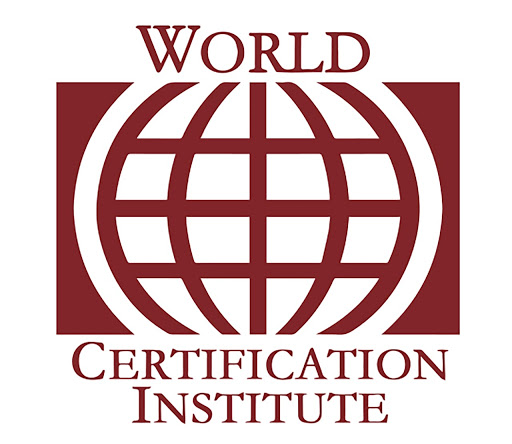In today’s busy world, communication can feel like an overwhelming flood of information. Whether it’s emails, texts, meetings, or social media updates, it can all pile up quickly. As a school leader, it’s easy to feel like you’re constantly trying to keep up, but this fast pace often leads to messages getting lost or misunderstood. How can you slow down and communicate more effectively, ensuring our messages are clear and impactful?
Slowing down communication doesn’t mean stopping communication, it’s about being intentional with what you say and how you say it. Instead of sending out countless messages, you focus on quality and clarity. By reducing the constant flow of information, you can have more meaningful conversations, make connections, and truly engage with our staff, students, and parents. Those school leaders who have pursued courses like education administration programs, knows it really well.
However, if you want to know some of the effective and helpful ways to communicate slowly ansd with intention, then we have got you covered.
In this blog post, we will explore how school leaders, can communicate more thoughtfully and make sure our messages really resonate with those you serve.
Importance of Slow Communication
In a world where everyone is constantly busy, slowing down communication can make a big difference. It’s not about holding back important information; it’s about sharing it in a way that’s clear, manageable, and easy for others to understand. Think of it like drinking water from a steady stream instead of a fire hose, slower and easier to handle.
When you slow down, you create space for others to truly absorb what you’re saying. By prioritizing fewer, more meaningful messages, you can reduce the stress that comes from constant updates and ensure everyone has time to process the information. As leaders, you can set clear expectations for when responses are needed and allow designated pause points for reflection.
Helpful Ways to Communicate with Intention
Let’s get to know some of the effective and helpful ways for school leaders to communicate with intention:
- Focus on Quality, Not Quantity
Being intentional means focusing on fewer, but more important, messages. It’s tempting to send lots of quick updates, but sending too many messages can overwhelm your team. Instead, consider what’s truly important to share. When you focus on the key points, you help everyone pay attention to what really matters and avoid distractions.
- Set Clear Expectations and Pause Points
Clear communication isn’t just about what you say, it’s also about when and how you say it. By setting expectations for when responses are needed, you reduce confusion and interruptions. Giving everyone time to pause and reflect on the information helps ensure that everyone is on the same page. This approach makes it easier for staff to focus on what needs to be done without feeling overwhelmed.
- Model Slow Communication
As leaders, you must set an example for others. By being present and patient in our own communication, you show our teams the importance of slowing down. This means taking time to listen carefully, asking thoughtful questions, and giving everyone the chance to speak. When you model these behaviours, you create a culture where everyone feels heard, valued, and able to contribute.
Before moving to the topic, can we ask you a question? Do you follow us on Social Media? We regularly share upgraded educational content, tips, feedback, and more. Check us out by clicking the profiles here - Facebook / Twitter / LinkedIn / Pinterest / Instagram / YouTube
- Ask Open-Ended Questions
One way to encourage deeper conversation is by asking open-ended questions. Instead of asking questions that only require “yes” or “no” answers, try questions that invite reflection and discussion.
For example, instead of asking, “Did this work?” ask, “What worked well, and how can you improve?” Open-ended questions encourage people to think critically and share their ideas, creating a more inclusive and thoughtful dialogue.
- Gather and Respond to Feedback
Feedback is crucial for growth. As a school leader, it’s important to regularly gather feedback from staff, students, and parents. This can be done through surveys, one-on-one conversations, or even group discussions. The key is to listen carefully, respond thoughtfully, and show that feedback is valued. By acting on the feedback you receive, you demonstrate that every voice matters, which helps build trust and strengthens relationships within the school community.
- Be Transparent
Trust is the foundation of good communication. Being transparent about decisions, processes, and goals shows that you value honesty and openness. When you share information clearly and involve others in important decisions, you build trust and create a sense of shared ownership. This openness encourages a positive school culture where everyone feels comfortable contributing and collaborating.
Intentional Communication Creates Stronger School Communities
As educational leaders, you have the power to shape how communication happens in our schools. By slowing down and focusing on intentional, meaningful messages, you can reduce stress and create space for real conversations. It’s not just about what you say, it’s about how you say it and how you make others feel heard and valued.
By asking open-ended questions, gathering feedback, and being transparent, you can build trust and foster a collaborative environment. Whether it’s through formal surveys or casual conversations, when you take the time to listen and respond thoughtfully, you create stronger, more engaged school communities.
So, as a school leader, what’s one small step you can take to improve your communication this week? Whether it’s by starting to pursue courses like education administration and management.
Courses or setting aside time for thoughtful conversations, asking more open-ended questions, or genuinely listening to your team, even small changes can lead to better connections.
Remember, intentional communication isn’t a one-time fix, it’s an ongoing journey that helps create a school environment where everyone feels heard, valued, and empowered.
We believe education should be accessible for everyone. That’s why we don’t charge for our blogs. Find the right course that will help you in your career with us, contact us at - 1800–212–6400. You can mail us at act@asiancollegeofteachers.com.









